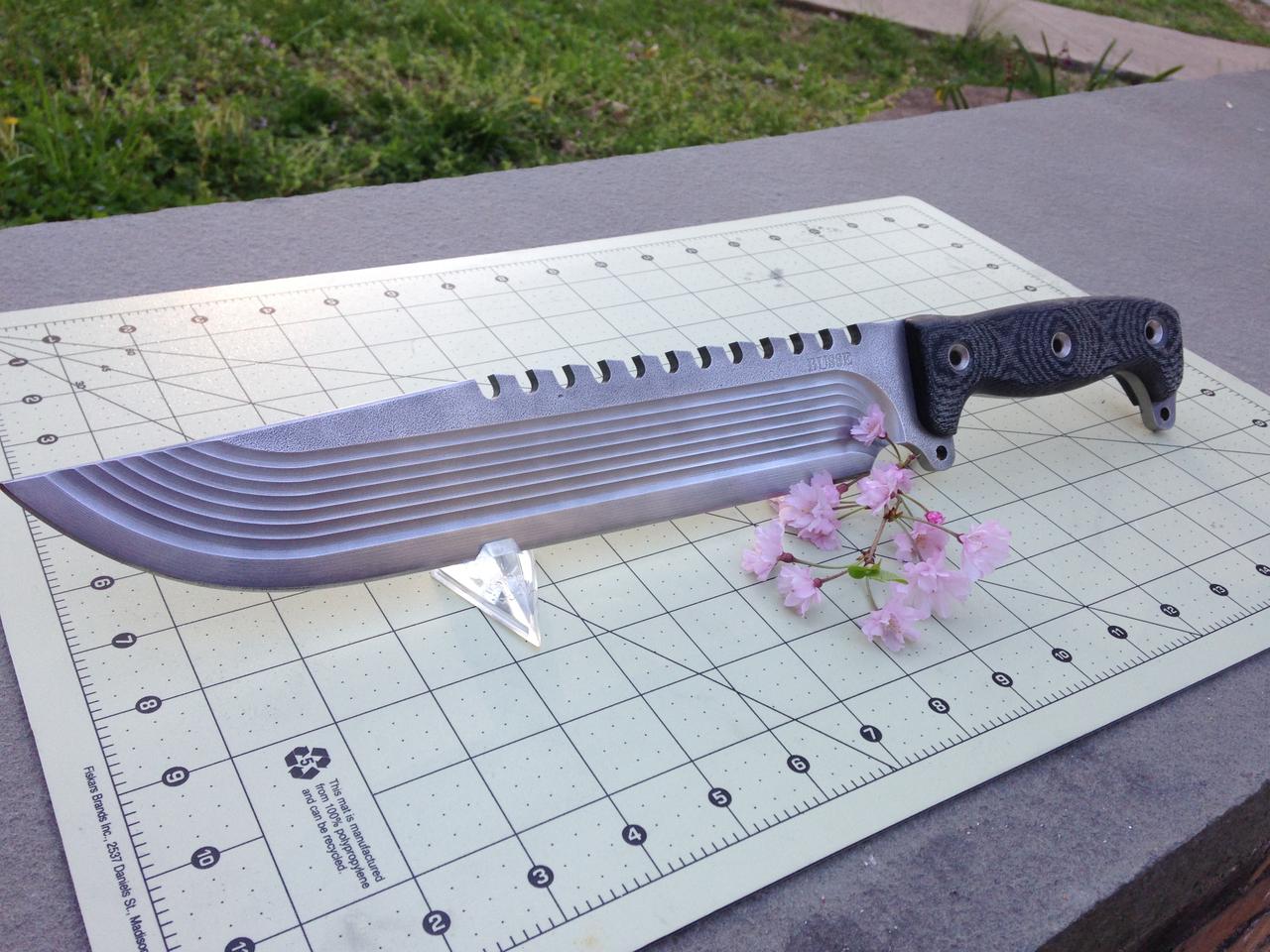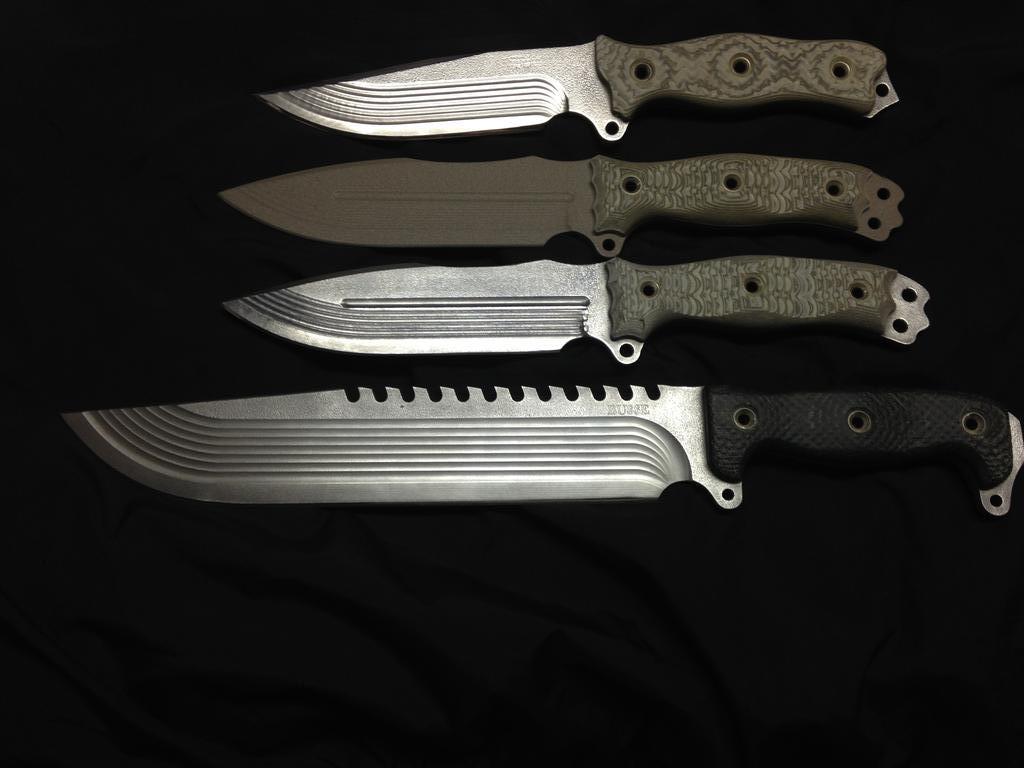I plan to strip and give it a beautiful satin hand rubbed finish. But I'm not sure if I need to remove the the handle in order to make it looks clean enough.
Anyone one has pictures at the handle of full stripped Busse blade? I would like to know how its look like. Thanks!
Anyone one has pictures at the handle of full stripped Busse blade? I would like to know how its look like. Thanks!










